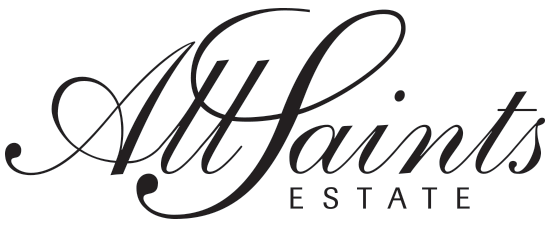When you purchase wine and take it away, either you are going to enjoy it straight away or you will lay it down and cellar it to enjoy it months or even years later. Whatever you decide, you need to look after the wine to ensure that it is at its best when you do drink it.
When cellaring or ageing wine, a few key points need to be taken into consideration to make sure you are delighted when you do open the bottle.
The best cellars are dark and dry spaces with a constant temperature of around 15–16°C. A wine’s worst enemies are light and temperature variations, especially high temperatures. For a wine, being aged in the perfect conditions can mean the difference between it tasting incredible after 10 years or being totally past it and disappointing.
Then there is also the wine itself and how long you cellar it for before opening to enjoy. Wines differ in their potential to age gracefully. There is nothing worse than getting excited over a bottle that you have looked after for years to find that it has passed its cellaring recommendation.
To get the most from your wine, it must be opened at the optimum temperature. You can make a wine taste much better, or much worse, by serving at the right, or wrong, temperature. The key temperature depends on the variety and style of wine. The warmer a wine is, the more aroma molecules will be released. For fuller bodied wines, these molecules struggle to leave the surface, so serving at a slightly higher temperature will help these wines shine.
Sparkling wines and aromatic whites are perfect when served straight from the fridge, about 7–9°C, like the All Saints Estate Sparkling Excentrique, All Saints Estate Riesling and All Saints Estate Pinot Grigio. Fuller bodied whites are served cool, but not cold. A lovely bottle of All Saints Estate Family Cellar Marsanne or St Leonards Vineyard Chardonnay will benefit from being left for 20–25 minutes to warm up out of the fridge before being served, which allows them to really open up in the glass.
The same works for red wine. Lighter bodied reds, such as the St Leonards Vineyard Cabernet Franc or All Saints Estate Sangiovese Cabernet, benefit from being served slightly cooler, around 13–14°C. However, if full-bodied reds are served too cool, the tannins become accentuated, which can make them taste quite out of balance. The ideal temperature for full bodied reds, of which there are many to choose from at St Leonards Vineyard or All Saints Estate, is 15–17°C. The bottle should be cool to the touch but not cold.
Lastly glassware and decanting can make a huge difference in allowing a wine to really shine and be amazing. Now, although there is a specific glass shape for almost every type of wine you can think of, you don’t necessarily need to go to that extreme. If you can swirl the wine in the glass, then you will get the best aromatics and intensity from it. If you are uncorking a wine that you have been cellaring for that special occasion, then decanting it prior to serving allows it to really open up and breathe. Plus, this also prevents the sediment in the wine from ending up in someone’s glass, which no one wants and can taste quite bitter. Decanting the St Leonards Vineyard Wahgunyah Shiraz or All Saints Estate Family Cellar Shiraz or Durif can make the world of difference if you have cellared the wine perfectly for several years.
So, when you go to open your next bottle of wine, you now know how to serve it in the best way to ensure that you are lettingit blossom in the glass.
